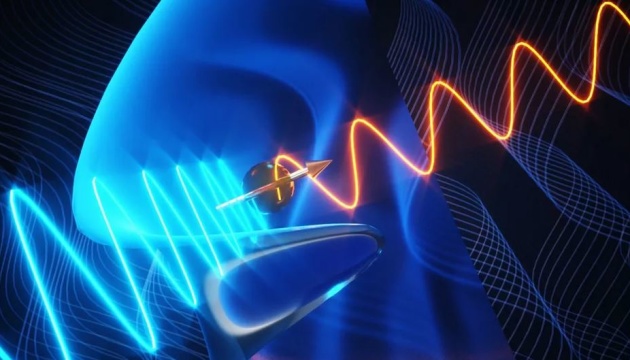Researchers at Boston College have discovered a previously unknown particle that is a magnetic “relative” of the Higgs boson without the use of the Large Hadron Collider.
This was reported by Ukrinform with reference to Live Science.
“While taking the power of the Large Hadron Collider to detect the Higgs boson, this never-before-seen particle, called the Higgs axis boson, was detected in an experiment that could be performed on a small kitchen counter,” the publication said. . . .
Kenneth Birch, head of the Boston College research team, said the particle is “relative” to the famous Higgs boson, which completed the Standard Model of Particle Physics and was discovered at the Large Hadron Collider in 2012.
According to him, this new particle could be a candidate for dark matter, a mysterious matter that makes up 85% of the universe but is detected only by gravity.
The Higgs axis boson differs from its “brother” in that it has a magnetic force that creates a magnetic field. That is, a more complex theory than the Higgs boson is needed to describe it.
According to Birch, the Higgs axial boson arose when a particular wave sequence was simulated in quantum matter at room temperature. The scientists then used light scattering to observe this particle.
“Initially, we studied the light-scattering properties of this material. But then we discovered anomalous changes that hinted at the existence of something new. And as a result, we discovered the axial Higgs boson,” he said.
Scientists thought that such a “brother” of the Higgs boson might exist, but it has been discovered for the first time.
This particle is still consistent with modern particle physics.
According to Birch, the fact that physicists were able to see the axial Higgs boson, despite their assumptions, surprised scientists. The results of their research confirming the discovery have only now been published, although the discovery took place a year ago. This was because the scientists checked all the data.
The Higgs boson is an elementary particle that is a quantum of the Higgs field, a spontaneous violation of electroweak symmetry that necessarily arises in the Standard Model due to the Higgs mechanism. It was predicted in 1964 by the British theoretical physicist Peter Higgs. The discovery was announced in 2012 after analyzing the results of the Large Hadron Collider.
Photo: Nature













